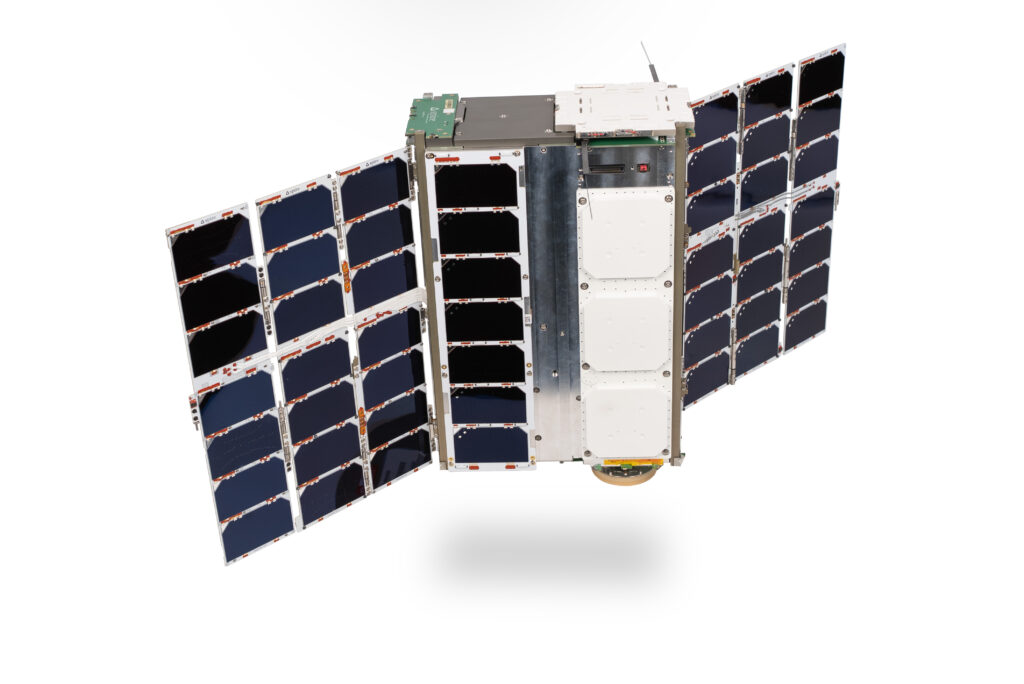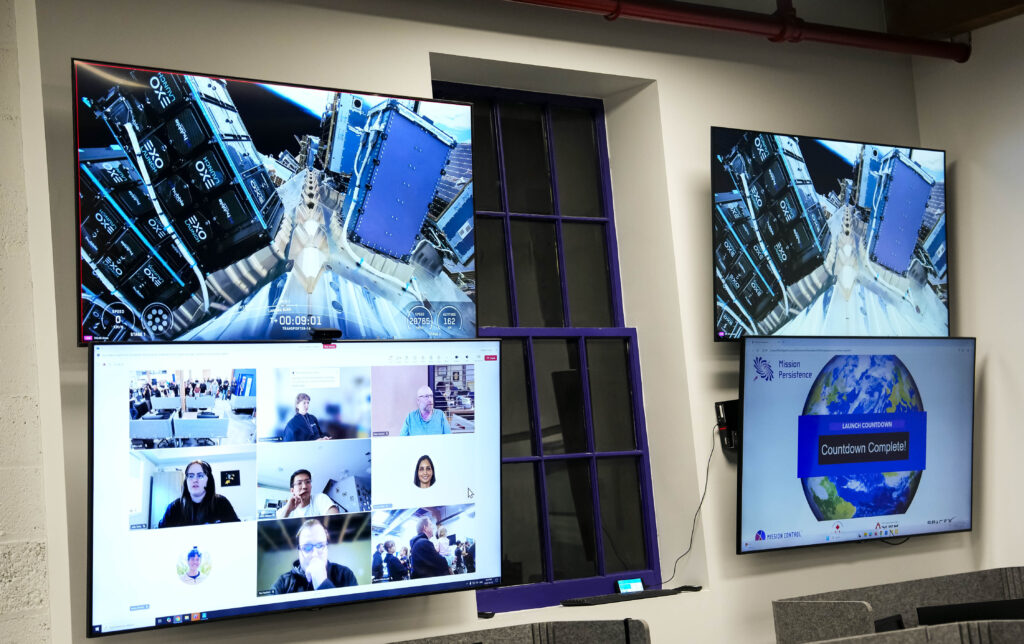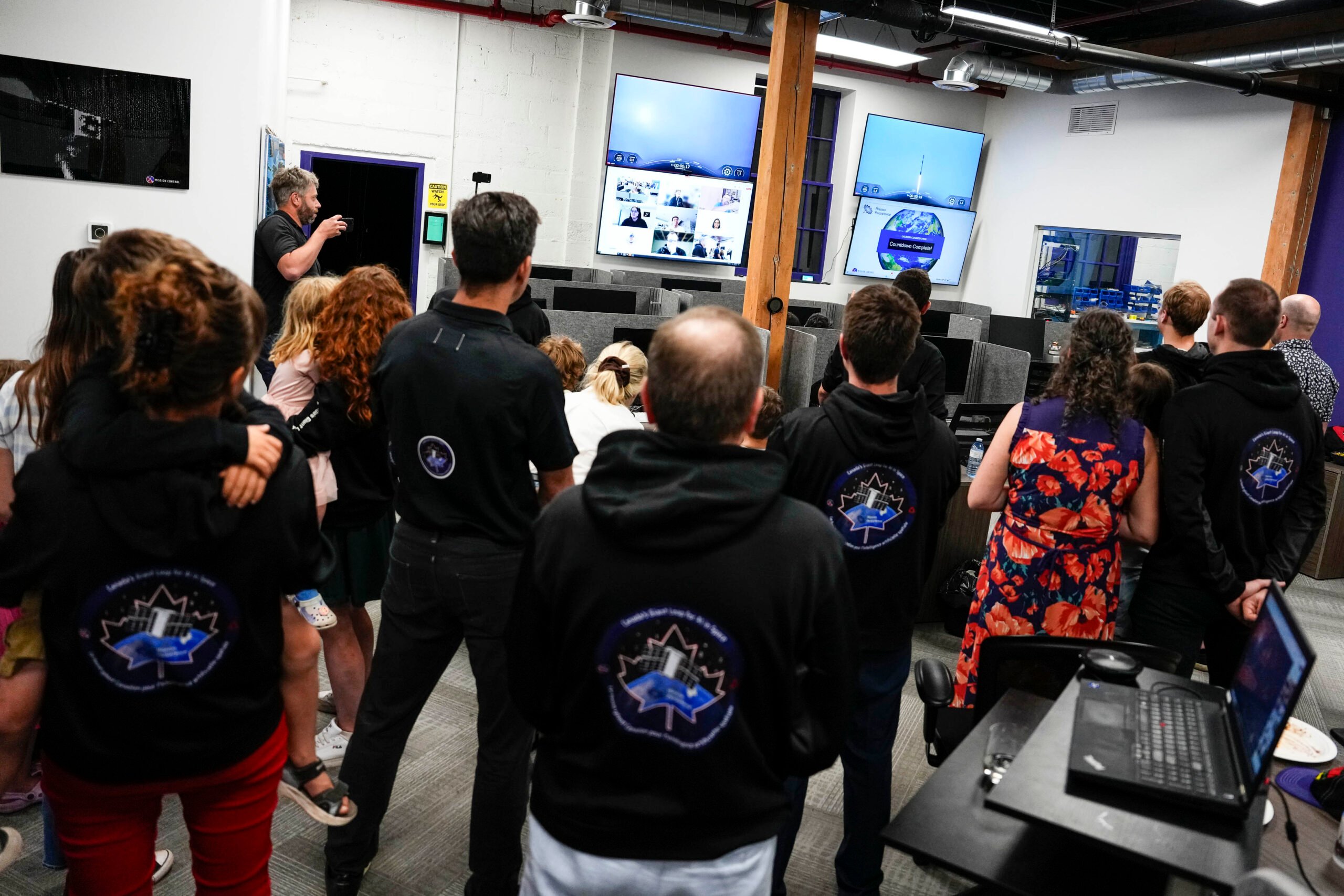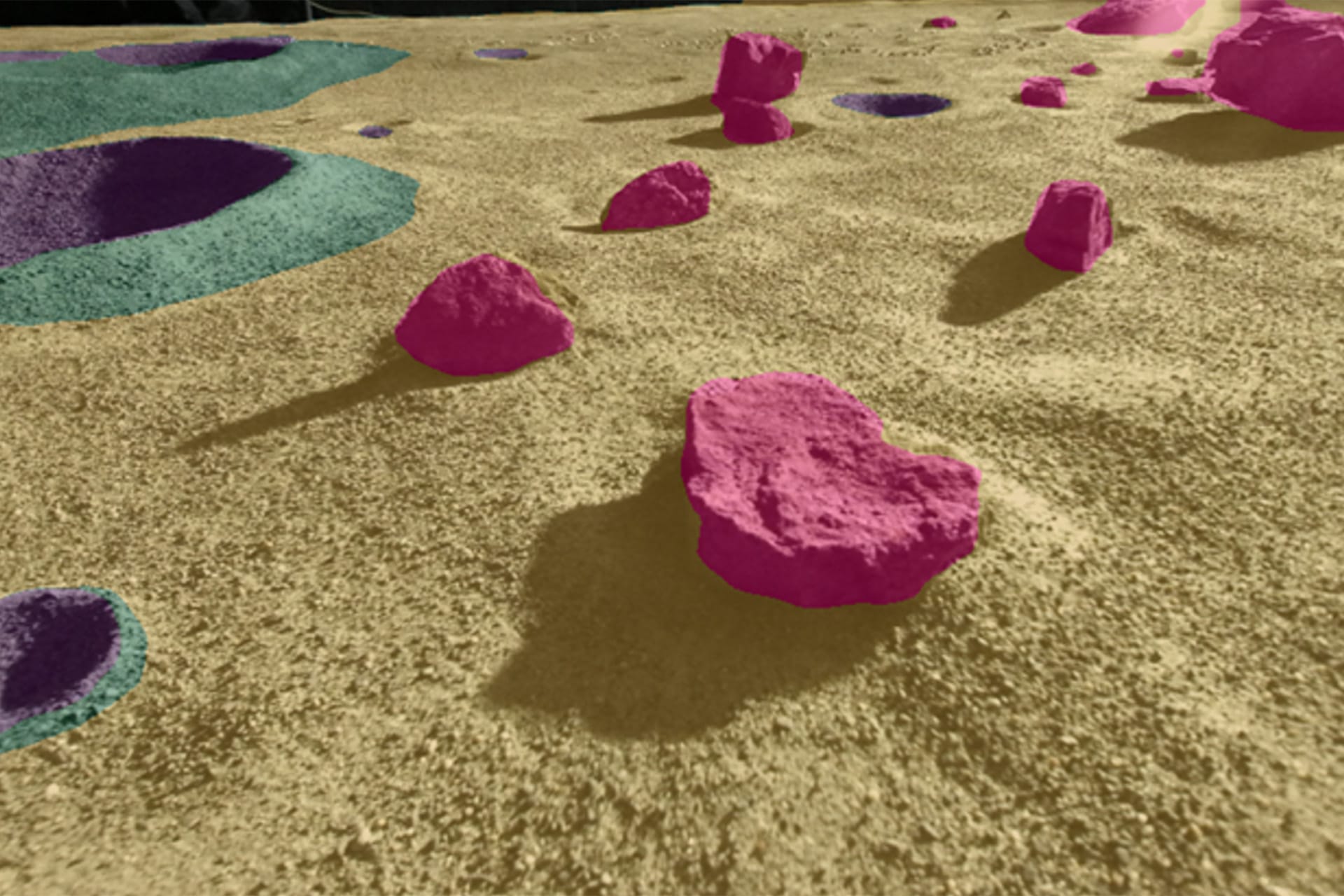Canada’s Giant Leap for AI in Space
Mission Control proudly marked a major milestone with a spirited launch party celebrating the deployment of Mission Persistence, an advanced space technology demonstration aimed at pushing the boundaries of autonomy and artificial intelligence (AI) in orbit. Held at Mission Control’s headquarters, the event brought together the dedicated Mission Control team, their loved ones, investors, and key partners who have supported the mission from concept to launch.

A highlight of the evening was watching the SpaceX Falcon 9 rocket launch live—carrying the LEMUR 6 satellite, built by Spire Global, with Mission Control’s onboard software—streamed from the launchpad to a cheering crowd in Ottawa. The room erupted with excitement as the rocket lifted off, marking the beginning of Canada’s Giant Leap for AI in Space. It was a time to reflect on years of innovation, collaboration, and perseverance.
“This celebration is about more than just a launch—it’s about recognizing the incredible dedication of our team, the trust of our investors, and the vision we all share for a more intelligent and autonomous future in space”
said Dr. Andrew Macdonald, Director of AI and Autonomy at Mission Control.
This technology demonstration was designed to accelerate Earth observation capabilities using cutting-edge software. Mission Control’s software payload is designed to test mission-critical applications of AI in orbit, such as autonomous system monitoring, onboard diagnostics, and edge processing—tasks that traditionally require constant communication with Earth.
Mission Persistence represents a major evolution in how technology can operate independently, adapt to changing conditions, and make decisions in real time without relying on ground intervention. These advancements are especially vital for time-sensitive Earth observation missions, where bandwidth, latency, and limited resources pose significant challenges.
Supported by a growing team and an expanding network of partners, Mission Control is continuing to lead the development of space-based autonomy software that is not only innovative, but reliable and operationally ready.

“Mission Persistence is not only a technical milestone—it’s a statement about what’s possible when we combine ambition with practical engineering. It brings us one step closer to a future where spacecraft can think, decide, and adapt on their own,”
said Dr. Tanya Harrison, Director, Earth and Space Science at Mission Control
As the mission begins its operations in orbit, Mission Control is already looking to the future—developing new capabilities, supporting future missions, and advancing the role of AI across the space sector.






